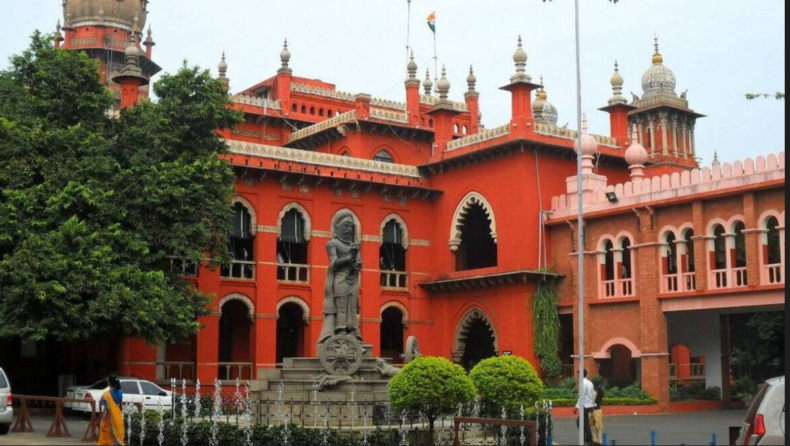In a recent civil miscellaneous appeal, the court regarded the mangalsutra as the symbol of the continuance of married life and can only be removed at the husband’s death.
As a result of a recent civil miscellaneous appeal filed by C Sivakumar, a professor in a medical college in Erode, a division bench of Justices V. M. Velumani and S. Sounthar of the Madras High Court has observed the removal of the mangalsutra by an estranged wife as subjecting the husband to “mental cruelty of the highest order.” Furthermore, they have granted divorce to the appellant, Sivakumar, on the same grounds.
Sivakumar filed the appeal, seeking to repeal the orders refusing to provide a divorce to him, which dates back to Jun 15, 2016 by the local family court. Upon examination, the woman from whom Sivakumar was seeking divorce admitted to removing her mangalsutra (long considered a sacred chain worn by the wife as a token of having married) during the time of separation. However, she insisted that she had retained the thali (pendant) and had only removed the chain. Regardless, the act of the removal itself served its own significance to the Indian legal system and the larger Indian society.
Purely within the legal realm, in accordance to Section 7 of the Hindu Marriage Act, the tying of thali is not necessary and hence its removal by the wife, assuming the claims were to be true, had no legal implication on the couple’s marital tie, facts all provided by the wife’s counsel. Societal and cultural implication is a different matter altogether, wherein the tying of thali is deemed as an essential ritual in Hindu marriage ceremonies, something that intertwined itself in the legal system in this case when the bench pointed it out.

In recent discourse, the mangalsutra, along with other indicators of Hindu marriages such as sindoor and red bangles, has been recognized as a symbol of patriarchy. The basis of the mangalsutra, sindoor and red bangles lies in the need to show distinction between a married woman and an unmarried woman. There is a constant resounding societal pressure on women to conform to the role of the “good wife” not just in action but also in appearance. “The good wife” has come to equate someone who wears the symbols of marriage without protest and inevitably is forced to conform to the patriarchal system.
Within a society that is built to serve the whims of men, it is often overlooked that while a woman has to adorn certain ornaments to display her marital status, a man has been no such rule. If we dig deeper, we can observe how internalized the misogyny is when most women find
comfort in wearing the mangalsutra, something that lessens the chances of facing sexual harassment in public. Married women are linked to a man, hence they are “safe,” unmarried women don’t have that safety. This linking of a woman to a man extends to surnames and residences post marriage, a fate men usually don’t have to face.
The bench concludes their decision stating, “We don’t say for a moment that removal of thali chain per se is sufficient to put an end to the marital knot, but the said act of the respondent (wife) is a piece of evidence in drawing an inference about the intentions of the parties. The respondent’s act in removing the thali chain at the time of separation coupled with various other evidence available on record, compels us to come to a definite conclusion that the parties have no intention to reconcile and continue the marital knot.”
The bench further cites the allegations made by the wife of extra marital affairs against her husband with his women colleagues in the presence of coworkers, students and the police. Hence in the facts and circumstances of the case and also in view of our finding that the wife, by her actions caused mental cruelty to the husband, we propose to put a full stop to the marital tie by granting decree dissolving the marriage between the petitioner and the respondent (wife) that took place in November, 2008,” the bench stated. It set aside the lower court order and granted divorce to the petitioner.












